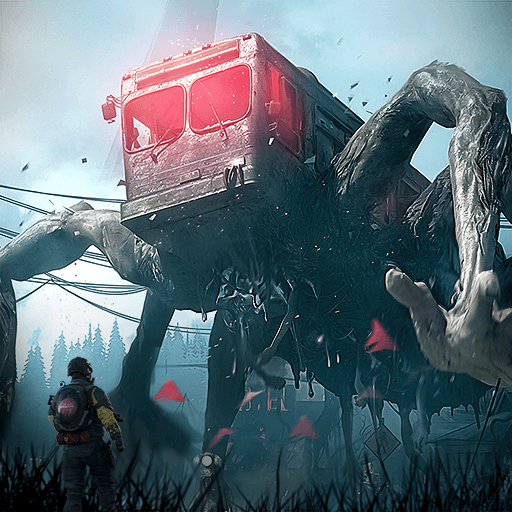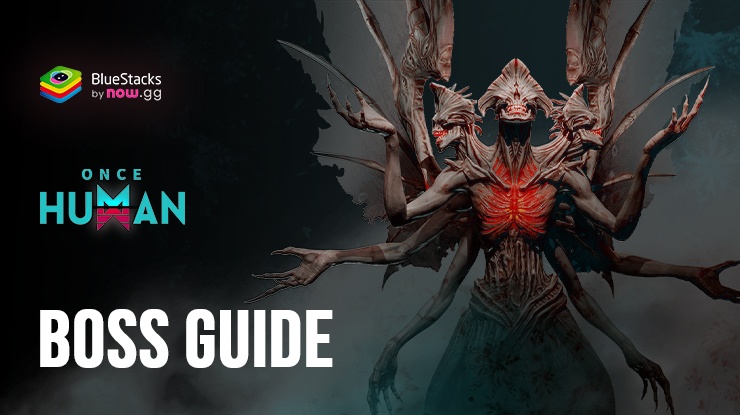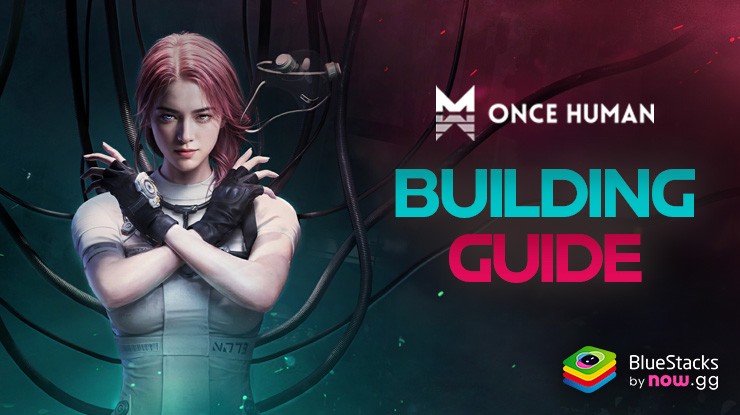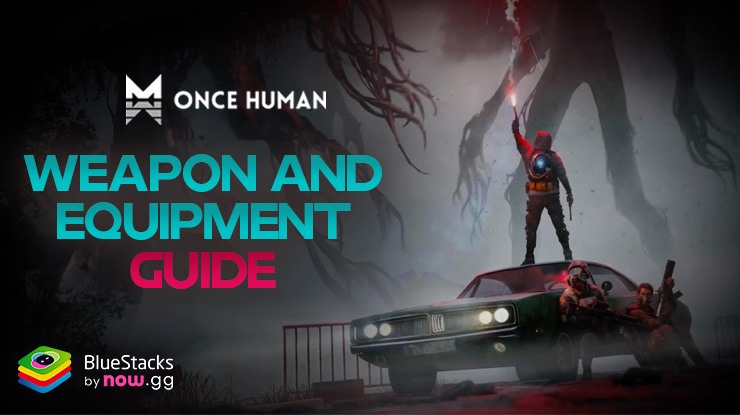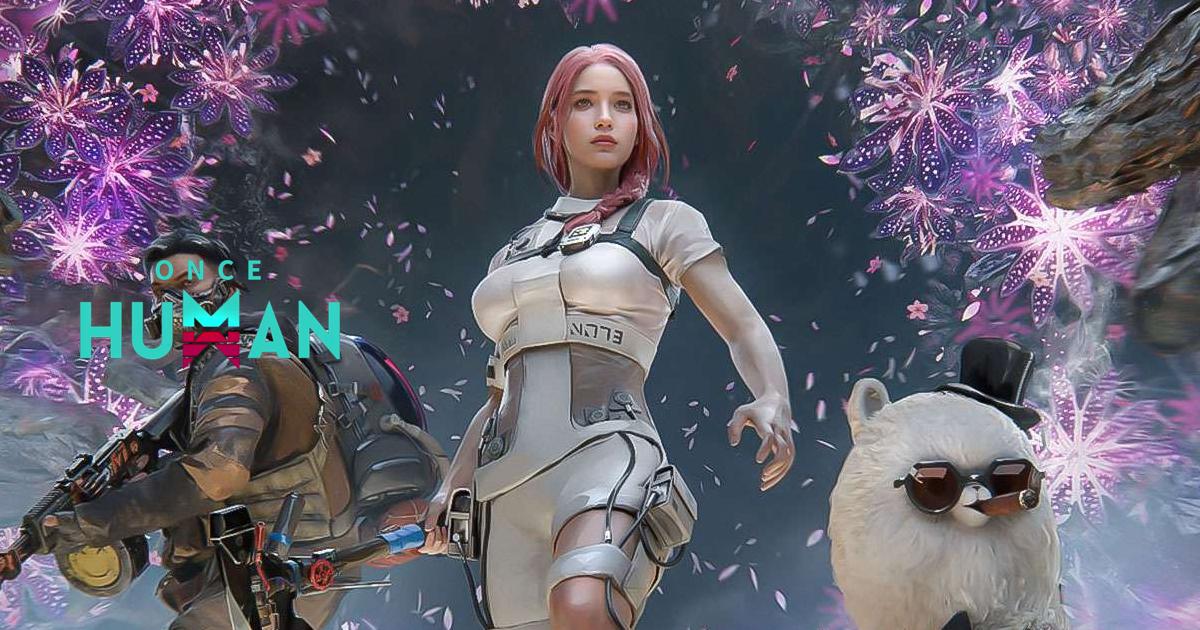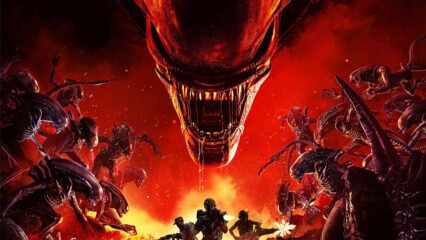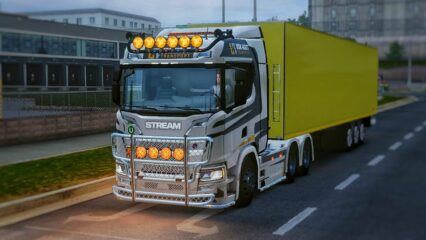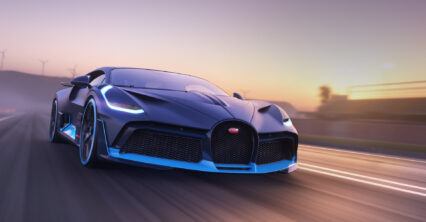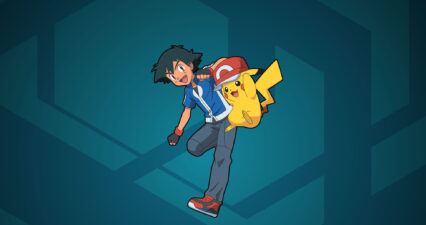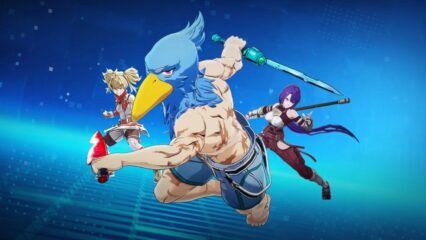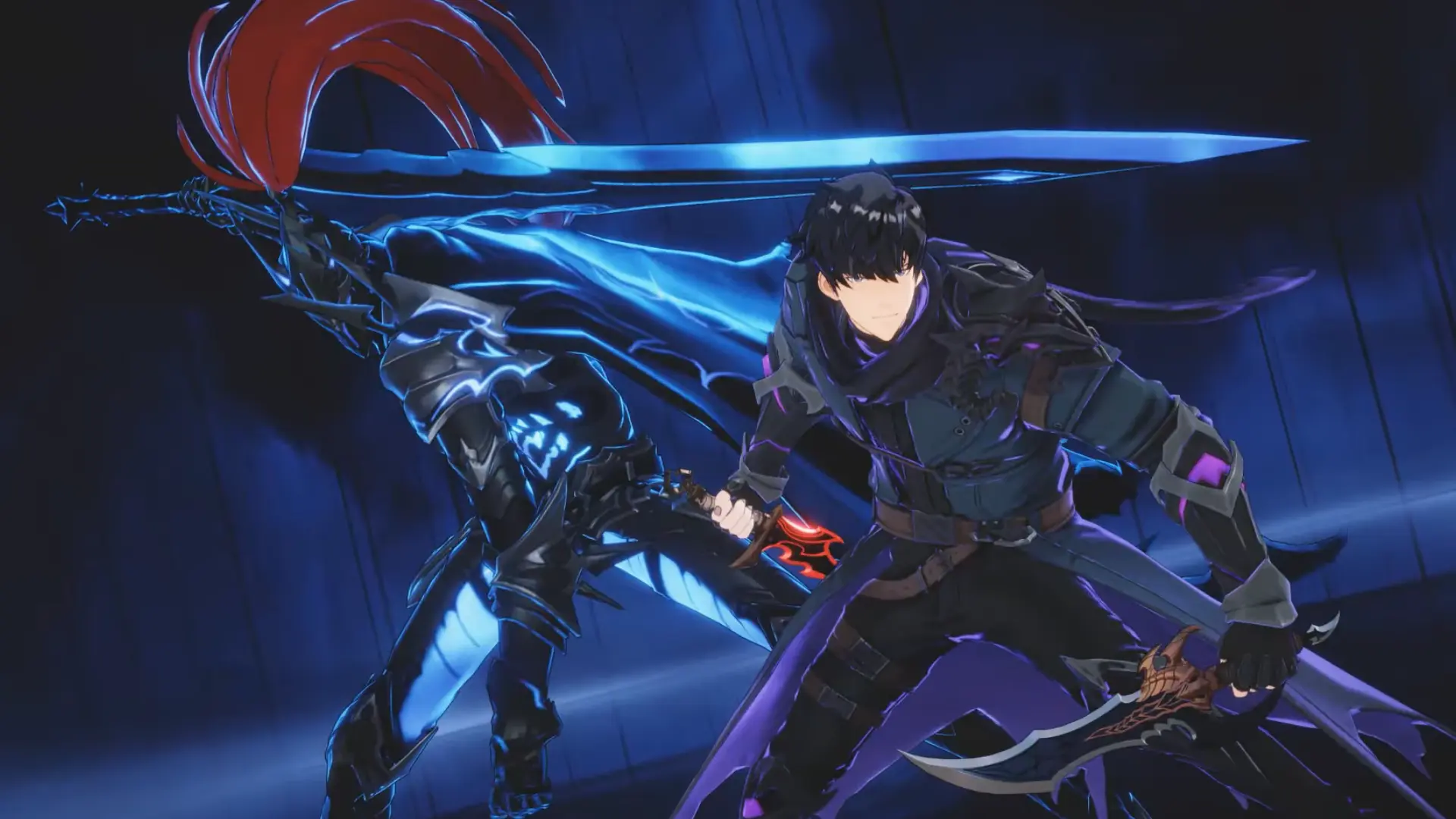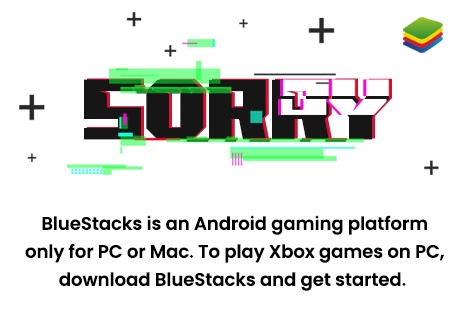Once Human – How to Defeat the Forsaken Giant
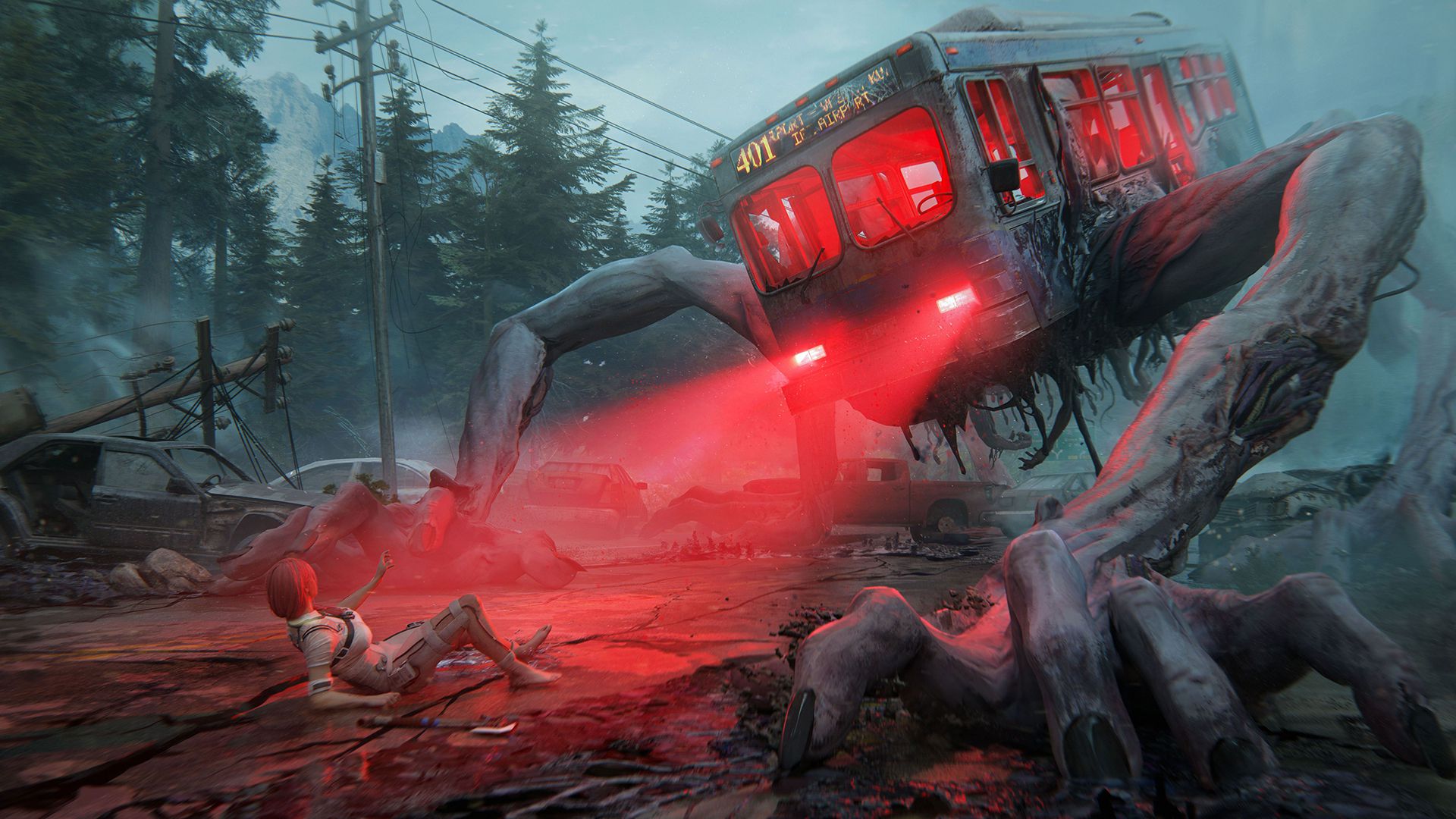
The Forsaken Giant in Once Human is one of the most challenging world bosses players can face. With its towering stature, devastating attacks, and total immunity to elemental effects like burn, shock, and frost, this enemy demands careful preparation, strategy, and keen reflexes. Whether you’re attempting to bring it down solo or with a squad, understanding the boss’s mechanics and tailoring your loadout accordingly is crucial to success. This guide will help new players learn about the boss mechanics on top of ensuring success. Let’s dive right in!
Preparations before the Fight Begins
Before engaging with the Forsaken Giant, it’s vital to equip the right gear. Shrapnel rifles are particularly effective because they can hit multiple weak points at once, dealing consistent damage even if your aim isn’t perfect. Sniper rifles equipped with weak spot enhancement mods allow players to deal significant critical damage when the Giant exposes vulnerable areas.
Alternatively, high fire rate weapons such as SMGs or LMGs can pour a stream of bullets into weak points when they appear, especially when fitted with mods like Fast Gunner or Bullseye, which improve rate of fire and weak spot damage respectively.

In terms of armor, prioritizing survivability and mobility is important. The Giant hits hard and can attack from unexpected angles, so wearing armor with damage reduction mods can help mitigate the damage. Mobility-focused enhancements like sprint speed boosts or double-jump capabilities are equally important, allowing players to evade attacks and reposition quickly during the fight. Don’t forget stamina as having consumables or gear that increases stamina regeneration can keep you moving when it matters most.
Battlefield Layout
The fight takes place on a large platform divided into three major sections: left, center, and right. Each section can only withstand a limited number of the Forsaken Giant’s heavy slam attacks before collapsing completely. This destruction is permanent for the duration of the battle, so managing platform integrity is a critical part of your strategy.
Players must rotate between these sections as the fight progresses. When the Giant begins its ground slam attacks in one area, move to another platform section to avoid collapse and maintain room for movement. Losing too many sections too early can result in very limited space later in the battle, making it harder to avoid attacks or deal damage effectively.

Forsaken Giant Boss Mechanics
The Forsaken Giant has a distinct set of attack patterns that players must learn to anticipate. One of its main attacks is a sweeping arm motion, which it uses to damage players in front of it. This attack is difficult to block and has a wide range, so dodging diagonally or jumping away is the best option.
Another major attack is the aforementioned ground slam, which not only deals damage but also degrades the integrity of the platform beneath it. These are easy to predict due to their wind-up animation, and players should immediately move to a different section of the platform when they see it preparing to strike.
Throughout the battle, the Giant will also summon minions that will attack players or distract them while the Giant continues its assault. These minions are weak but can become overwhelming if ignored. Taking them out quickly helps maintain focus on the boss without being overrun. Perhaps the most important mechanic to understand is the Giant’s weak spot exposure.

Periodically during the battle, glowing weak spots appear on the Giant’s body, usually on its chest or limbs. These moments are the best time to focus all your firepower using your highest damage weapons. Critical hits during this window are essential for reducing the boss’s health quickly.
Is it better to Play Solo or in Team?
The Forsaken Giant encounter changes slightly depending on whether you’re playing solo or in a group. In solo mode, the fight is mechanically easier, with fewer minions and slightly lower health on the boss. However, you’ll have to juggle all responsibilities on your own—dodging, managing platform integrity, and shooting at weak spots with no backup.
In group play, coordination between members is vital. Team members should split responsibilities such as some focusing on managing minions, others aiming for the weak spots, and one or two keeping an eye on which sections of the platform are becoming unsafe. In the end, communication is key, so if you have trustworthy comrades, it’s definitely better to play in a team.
Players can enjoy Once Human even more on a bigger screen of their PC or Laptop, complete with a keyboard and mouse via BlueStacks!

